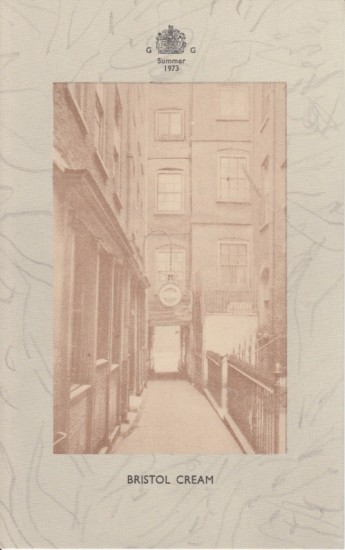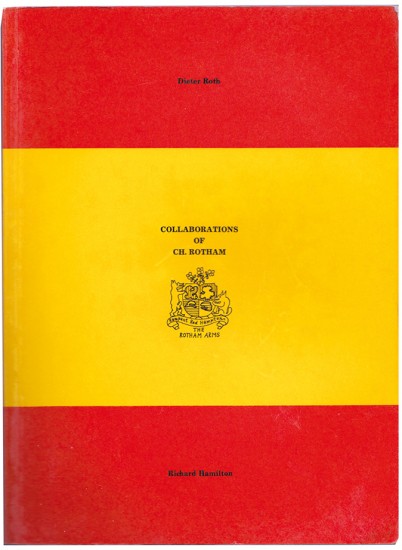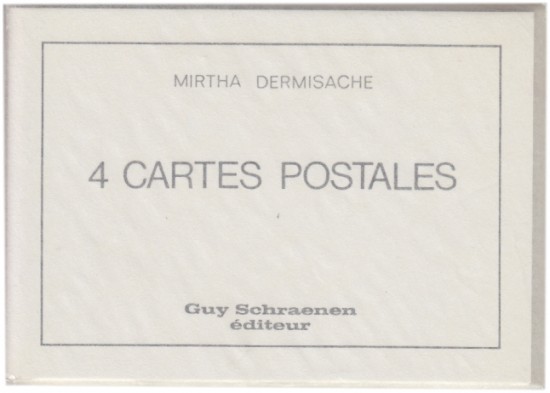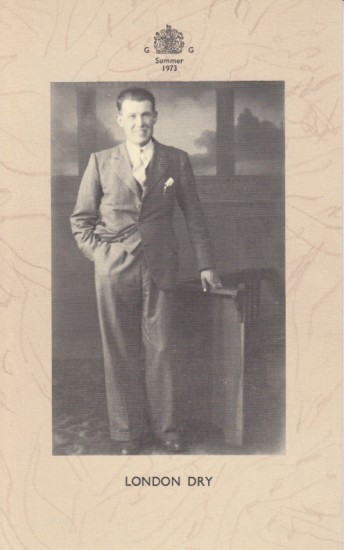Reports by the Juries on the Subjects in the Thirty Classes into Which the Exhibition Was Divided [Together with:] Official Descriptive and Illustrated Catalogue [And:] First Report of the Commissioners for the Exhibition of 1851 [And:] The Five Exhibition Medals
Great Exhibition Of The Works Of Industry Of All Nations, 1851
London. Spicer Brothers, Wholesale Stationers; W. Clowes and Sons, Printers. 1851–1852
Sold
A complete set of the presentation issue of the catalogue of the Great Exhibition and the Reports of the Juries illustrated with original calotype photographs and bound in presentation red morocco.
This presentation issue of the complete Great Exhibition Catalogue was illustrated with caloype photographs after the negatives (paper and glass plate) by Hugh Owen and Claude Marie Ferrier in a proposed issue of 130 copies. Each of the calotypes was printed by Fox Talbot's former photographic assistant (and valet) Nikolaas Henneman after the commission by the Royal Commissioners and Executive Committee of the Great Exhibition which would have required - assuming that 130 copies were completed - the printing of over 20,000 calotypes.
This copy also includes the complete set of the medals presented to the organizers of the exhibition, as issued in the original red morocco case with the presentation to Pusey as for the text volumes but here printed in gilt to the blue silk case lining. Measurements of the medals are as follows (all diameters): Council, 89 mm; Exhibitors, 44 mm; Jurors, 64 mm;Service, 47 mm; Prize, 76 mm. The medals show the profiles of Victoria and Albert or Albert alone (as President of the Commission) on the obverse and the classical figures of labor and industry on the reverse.
Philip Pusey (1799 - 1855) was an M. P. (for Berkshire), member of the first committee for the London Library in 1840, an agricultural reformer, founding member of the Royal Agricultural Society and member of the Royal Society. He was the Commissioner with responsibility for the agricultural implement section of the Great Exhibition and arranged for the visit of 500 labourers to the Great Exhibition (for which act of generosity he was presented with a snuff box).
'Of the several publications illustrated with calotypes, only those contained in the 'Reports of the Juries' have been preserved in a fairly good condition. All the earlier ones have faded very badly, and the bleached impressions entirely fail to convey any idea of their original beauty and richness.' (Gernsheim, The History of Photography).
[Gernsheim 10].
This presentation issue of the complete Great Exhibition Catalogue was illustrated with caloype photographs after the negatives (paper and glass plate) by Hugh Owen and Claude Marie Ferrier in a proposed issue of 130 copies. Each of the calotypes was printed by Fox Talbot's former photographic assistant (and valet) Nikolaas Henneman after the commission by the Royal Commissioners and Executive Committee of the Great Exhibition which would have required - assuming that 130 copies were completed - the printing of over 20,000 calotypes.
This copy also includes the complete set of the medals presented to the organizers of the exhibition, as issued in the original red morocco case with the presentation to Pusey as for the text volumes but here printed in gilt to the blue silk case lining. Measurements of the medals are as follows (all diameters): Council, 89 mm; Exhibitors, 44 mm; Jurors, 64 mm;Service, 47 mm; Prize, 76 mm. The medals show the profiles of Victoria and Albert or Albert alone (as President of the Commission) on the obverse and the classical figures of labor and industry on the reverse.
Philip Pusey (1799 - 1855) was an M. P. (for Berkshire), member of the first committee for the London Library in 1840, an agricultural reformer, founding member of the Royal Agricultural Society and member of the Royal Society. He was the Commissioner with responsibility for the agricultural implement section of the Great Exhibition and arranged for the visit of 500 labourers to the Great Exhibition (for which act of generosity he was presented with a snuff box).
'Of the several publications illustrated with calotypes, only those contained in the 'Reports of the Juries' have been preserved in a fairly good condition. All the earlier ones have faded very badly, and the bleached impressions entirely fail to convey any idea of their original beauty and richness.' (Gernsheim, The History of Photography).
[Gernsheim 10].
9 vols. Folio. (365 x 285 mm). Each vol. with printed presentation leaf in red and black to Philip Pusey; Reports vol. with 154 mounted calotype photographs (see below), each captioned on the mount (image size: c.175 x 224 mm) and 3 chromolithograph plates; Catalogue with 398 plates, large folding plan and the double-page plate of the Shield presented by the King of Prussia; First Report with 2 large colour folding plans, colour diagrammatic plate and 8 further plates, including two folding. Original red morocco by Riviere with his discreet stamp to front free endpaper verso of each volume, boards ruled in blind to surround gilt titles above large crowned vignettes incorporating the initials of Victoria and Albert, banded spines with gilt titles and variant vignettes, turn-ins with gilt decorative tooled borders, Imperial blue silk doublures with the Royal Arms and entwined initials of Victoria and Albert, matching silk endpapers, a.e.g., medal vol. in matching red morocco box with matching silk lining and brass clasps.
#41269
















